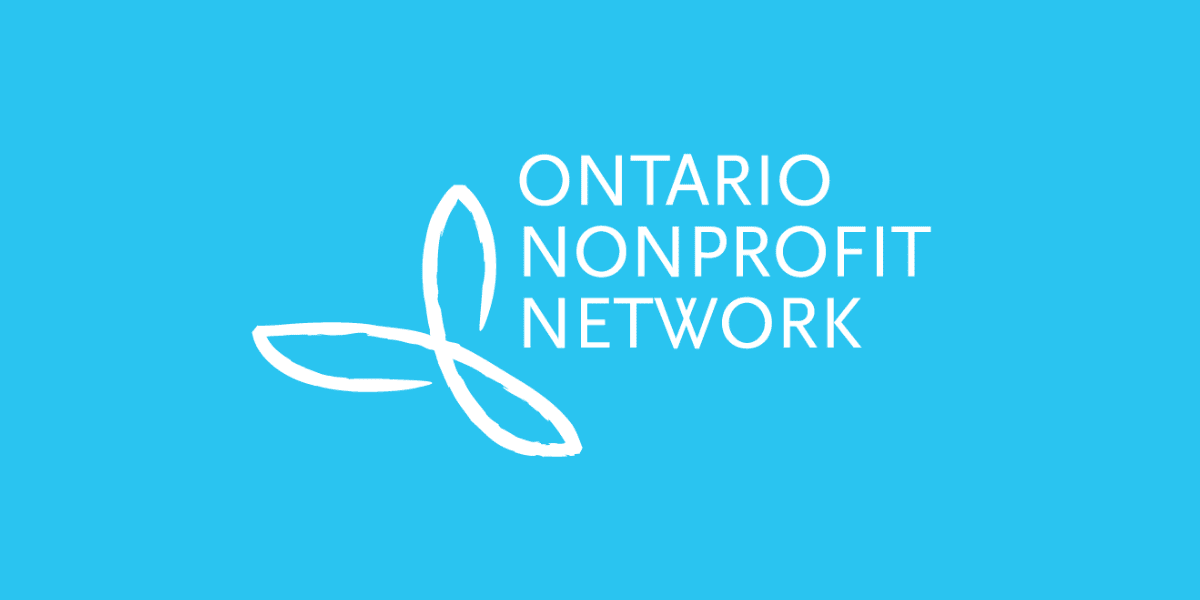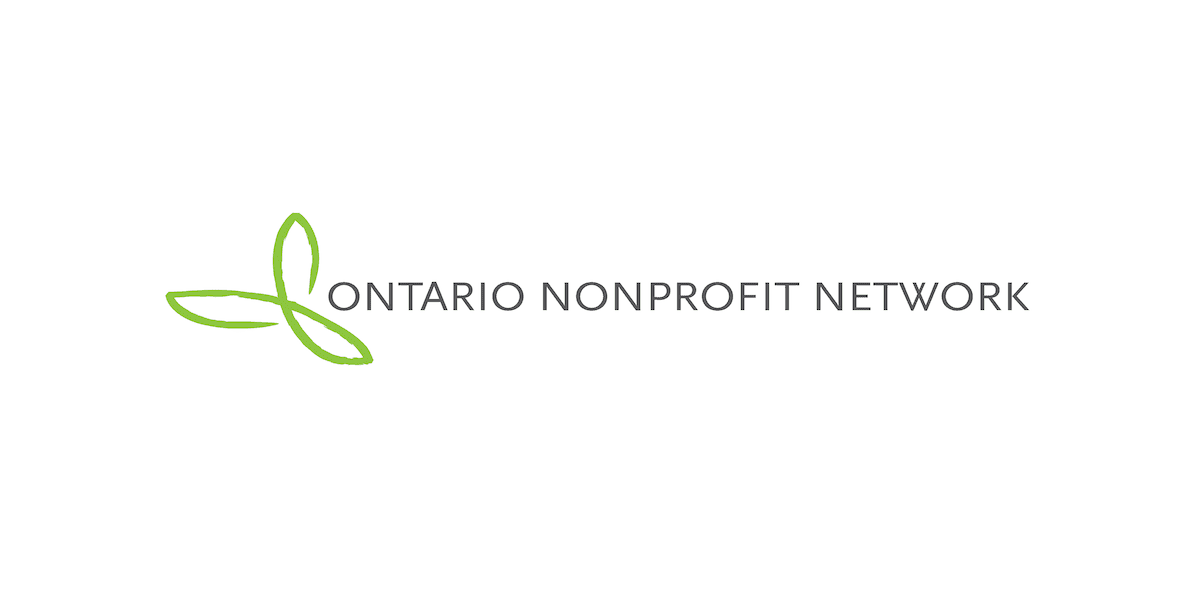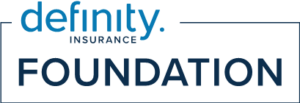
Blog
Putting equity into the Disbursement Quota debate
The Government of Canada recently completed a consultation on the minimum amount registered charities must spend each year under the Income Tax Act. This required minimum spending is called “the disbursement quota” or DQ for short. Currently, the Income Tax Act requires that registered charities spend 3.5 per cent of their assets that are not involved in charitable activities or administration. The Government had committed to consulting on this question because, during the pandemic, many were calling on charitable foundations to grant more than just 3.5 per cent. Anecdotally, we know that some have increased their grants since the pandemic, while others did not.
These kinds of charities include public, private, family and corporate foundations. See our chart below for more details.
| Charitable organizations | Public foundations | Private foundations | |
| Number (2021) | 75,377 | 4,961 | 6,189 |
| Assets (2018) | $35.6B | $56.3B | |
| Grants (2018) | $4.4B (12.4% of assets) | $2.6B (4.6% of assets) |
Source: PFC
Current Granting Practices
There are three types (“designations”) of charities in Canada: charitable organizations, public foundations, and private foundations. All are subject to the DQ but the focus of the debate on the DQ rate is on foundation granting, as charitable organizations (that are not foundations) are typically already spending well above the DQ. A private foundation is controlled by a single donor or family through a board that is made up of a majority of directors at non-arm’s length. A public foundation is governed by a board that is made up of a majority of directors at arm’s length.
We note that many, if not most, public foundations are already spending significantly in excess of the DQ threshold, and private foundations are spending on average incrementally above it. The DQ was established almost half a century ago at 5 per cent of assets for private foundations and a differently-calculated, but equally robust, requirement for public foundations in addition to a requirement to spend 80 per cent of receipted donations. The DQ then reflected society’s expectation that immediate tax benefits should be accompanied by immediate public benefit. Over time, the rules were simplified and the requirements significantly lowered. Additionally, society’s appreciation for the public benefit delivered by longer-term planning and spending grew. Vast increases in demand for charitable programs and services during the COVID-19 pandemic led to calls such as Give5 for foundations to increase their spending and a commitment in Federal Budget 2021 to consult on this question.
ONN has made a submission to this consultation with the goal of bringing an equity lens to the policy process. While we do not often weigh in on federal issues that predominantly affect mainly charities, our board and policy committee thought this was important to share our perspectives as an advocacy network working alongside the sector to amplify the voices of equity-seeking groups calling for change.
From ONN’s perspective, these are the equity concerns in the DQ and recommendations on how to ensure that any changes to the DQ increase equity in the sector.
The principles that help us to decide the right DQ
ONN supports the many voices in the sector that are demanding that charities who are only doing the legally mandated minimum should do much more. But how much more? It’s tempting to jump into the numbers, but we need to get back to the founding principles to put those numbers in perspective.
- Mitigate wealth disparities while allowing for a long-term sustainable sector. Capital accumulation which increases wealth disparities should be mitigated but there are many legitimate purposes for perpetual charitable foundations to exist to continue to grant funding to charities.
- Account for the diversity of investment strategies, including social finance. Foundations have diverse investment strategies and returns. We don’t want to discourage low-interest investments in the social economy (co-operative and nonprofit social enterprises and housing, community land trusts, and similar), nor allow high-risk high yield investments to lead to inappropriate capital accumulation simply because they are rare.
- Set a floor in crisis times. Long-term investments are needed most in times of crisis. Establishing a minimum spending threshold via the DQ would help to mitigate the effect of economic recession.
- Balance the public interest and donors’ wishes. Charitable assets are publicly subsidized through tax receipts and exempt from capital gains tax. Consequently, the public has an interest in a significant portion of the income and capital being spent to benefit the public.
- Reflect that social enterprise is not a replacement for direct granting. Program related investments, such as loans to social enterprises, are not equivalent to grants. Both accomplish important goals, but one is not a substitute for the other.
Putting the principles into practice
In our submission, we sought to embody the above principles by recommending the following:
- Charities should be expected to disburse only 2.5 per cent of assets invested in program-related investments (i.e., social enterprise). This would create an incentive for investment (loans) in the social economy, one of our principles above, while recognizing that loans are not a substitute for grants.
- Charities should be expected to disburse 80 per cent of the annual increase (income and capital growth) in assets not involved in program-related investments, charitable activities, or administration, but at no time be expected to disburse less than 10 per cent of those assets.
Furthermore, we believe that where the CRA agrees to exempt a charity from these minimum requirements, this should be made public and reasons should be given. We believe that this overall approach meets the principles outlined above.
The limitations of the DQ
We believe a more equitable DQ might be possible but recognize that no single regulatory change to the Income Tax Act will address the underfunding of organizations led by or serving members of Black, Indigenous, and racialized communities. A recent report, Unfunded: Black Communities Overlooked by Canadian Philanthropy, identified the need to address massive inequities in granting practices in Canada. It is clear from this report that a serious culture shift is needed in the nonprofit sector and it is not possible for Canadian tax policy to mandate this shift. Even with an increased DQ, charities may fulfill the DQ by granting to the same organizations they currently support. It is neither possible nor desirable for tax policy to dictate specifically where charitable assets should go.
The limits of what the DQ can achieve is further compounded by the fact that the most recent comprehensive study of nonprofit revenues (now some years old) indicates that community, family, and corporate foundations provide only about six per cent of revenues to the sector. Governments can have the biggest possible impact on the equitable distribution of revenues by funding equity-seeking groups directly. ONN will continue to work with our networks to advocate for equitable funding practices at all levels of government.
We invite comments, suggestions- and constructive feedback- from the sector as we continue to learn and build our capacity to bring an equity lens to our policy work. It is critically important that the diverse voices of nonprofits and charities inform the public policy frameworks under which we operate.





